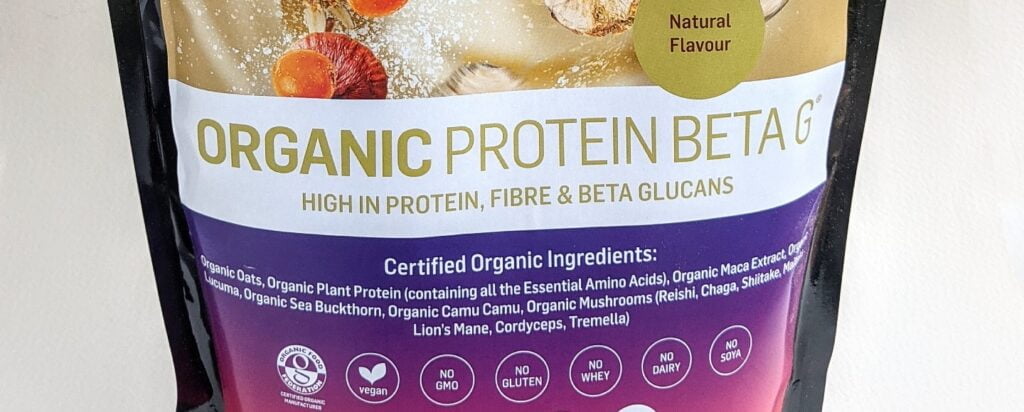
As we strive for a healthier lifestyle, we often seek ways to enhance our overall well-being. One particularly impactful yet sometimes overlooked approach lies in embracing dietary fibre. Dietary fibre is an essential component of a balanced diet and plays a crucial role in maintaining overall well-being. In this article, you’ll discover simple yet effective ways to increase your fibre intake and experience a multitude of health benefits.
Unlock the Power of Dietary Fibre
Dietary fibre, often referred to as roughage or bulk, is a type of carbohydrate found in plant-based foods. Unlike other carbohydrates, fibre isn’t digested by the body but plays a vital role in supporting digestive health. Additionally, there are two main types of dietary fibre: soluble and insoluble, each offering unique health advantages.
Soluble Fibre: Your Ally for Heart Health
Soluble fibre, found in foods like oats, apples, and beans, dissolves in water, forming a gel-like substance in your digestive tract. Furthermore, this gel-like substance has several benefits, including:
- Lowering cholesterol levels, reducing the risk of heart disease
- Slowing down the absorption of sugar, aiding in blood sugar control
- Promoting a feeling of fullness, assisting in weight management
Insoluble Fibre: Your Digestive System’s Best Friend
Insoluble fibre, found in foods like whole grains, vegetables, and nuts, doesn’t dissolve in water. Instead, it adds bulk to stool, making it easier to pass through the intestines. This type of fibre:
- Promotes regular bowel movements, preventing constipation
- Supports the growth of healthy gut bacteria, essential for digestive health
Benefits of Consuming an Adequate Amount of Dietary Fibre
Incorporating an adequate amount of dietary fibre into your diet is linked to various health benefits, including:
- Weight Management: Fibre-rich foods promote satiety, reducing overall calorie intake and aiding in weight management.
- Reduced Risk of Heart Disease: Soluble fibre helps lower cholesterol levels, reducing the risk of heart disease.
- Improved Digestive Health: Fibre helps maintain regular bowel movements, preventing constipation and diarrhoea.
- Stabilized Blood Sugar Levels: Fibre slows down the absorption of sugar, helping to stabilize blood sugar levels, crucial for individuals with diabetes.
7 Simple Steps to Embrace Dietary Fibre: A Journey of Small Changes
Adding fibre-rich foods to your daily meals and snacks is an easy way to increase your fibre intake. Here are some simple ways to increase dietary fibre intake:
Incorporate Dietary Fibre-Rich Foods into Your Meals and Snacks:
- Start your day with a high-fibre breakfast cereal or oatmeal.
- Add fruits, vegetables, and legumes to salads, soups, and stir-fries.
- Snack on raw vegetables with hummus or a handful of nuts and seeds.
Embrace Whole Grain Products:
- Opt for whole wheat bread, pasta, and brown rice.
- Experiment with grains like quinoa and farro for added variety.
Explore Plant-Based Proteins:
- Include more beans, lentils, and tofu in your meals.
- Swap out some meat-based meals for plant-based alternatives.
Increase Dietary Fibre Consumption:
- Gradually increase your fibre intake to allow your digestive system to adjust.
- Stay hydrated to help move fibre through your digestive tract smoothly.
Supplement Your Diet with Dietary Fibre:
- Even with the best of intentions, sometimes, it can be challenging to meet your daily dietary fibre intake requirements solely through food. This is where fibre supplements, like Protein Beta-G, can come in handy. With its impressive 8g of fibre per serving, Protein Beta-G comes highly recommended.
Additionally, it also contains 19.5g protein, 18 amino acids, including all the essential amino acids, and 3.8g beta-glucans as well as much wholesome nutrition.
What’s more, you can make it into a thick shake, mix it with foods, or make an interesting super healthy pudding.
Practice Mindful Eating:
- Pay attention to your body’s hunger and fullness cues.
- Avoid distractions during meals to prevent overeating.
Maintain a High-Fibre Diet with Ease:
- Plan your meals ahead to ensure a balanced and fibre-rich diet.
- Experiment with new recipes to keep your meals exciting and diverse.
Potential Side Effects of Consuming Too Much Fibre
While fibre is beneficial for health, consuming excessive amounts can lead to potential side effects, including bloating, gas, and digestive discomfort. Therefore, it’s crucial to gradually increase fiber intake and stay hydrated to minimize these effects.
Embrace a Healthier Lifestyle with Small Steps
Incorporating more fibre into your diet can significantly improve your health. Start by making small changes to your diet, such as adding more fiber-rich foods. Moreover, as you gradually increase your fibre intake, you’ll experience many benefits.
Take the first step towards a healthier you today!
What are some of your favourite high-fibre foods? Share your tips for incorporating more fibre into your diet in the comments below.
“Psst, just a heads up: I’m part of the NewGen Program, which means I may earn a small commission if you purchase through my links. It’s like buying me a cup of coffee (or a choccy brownie) to say thanks for the great content I’ve provided. I appreciate your support!”


